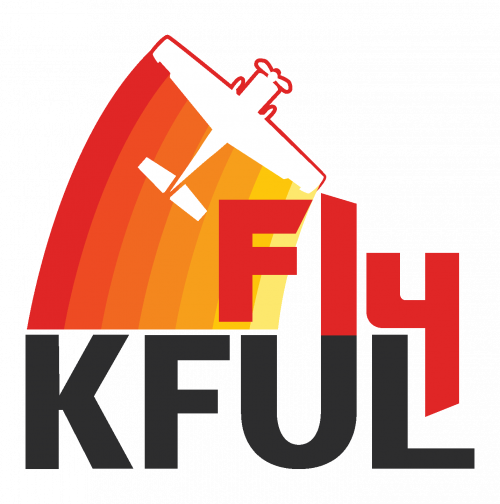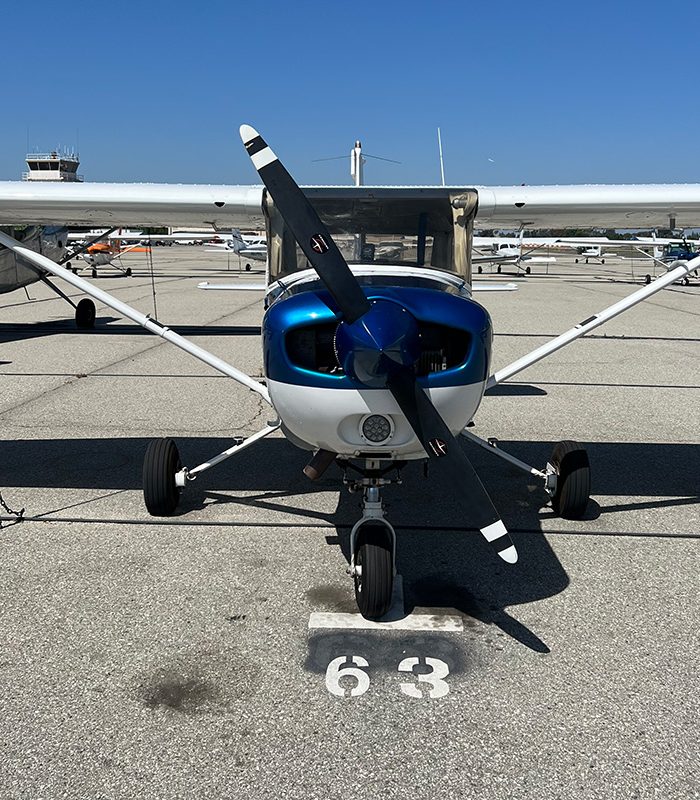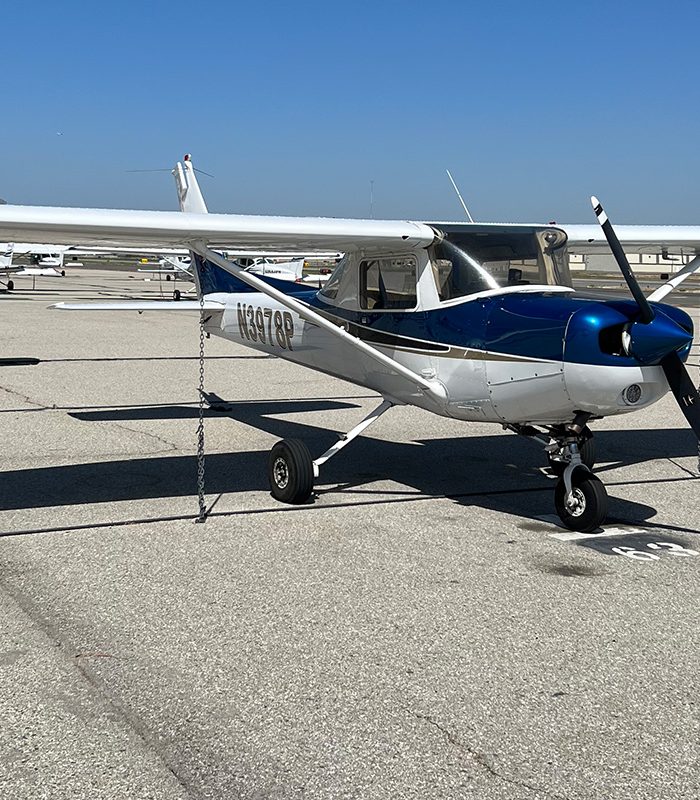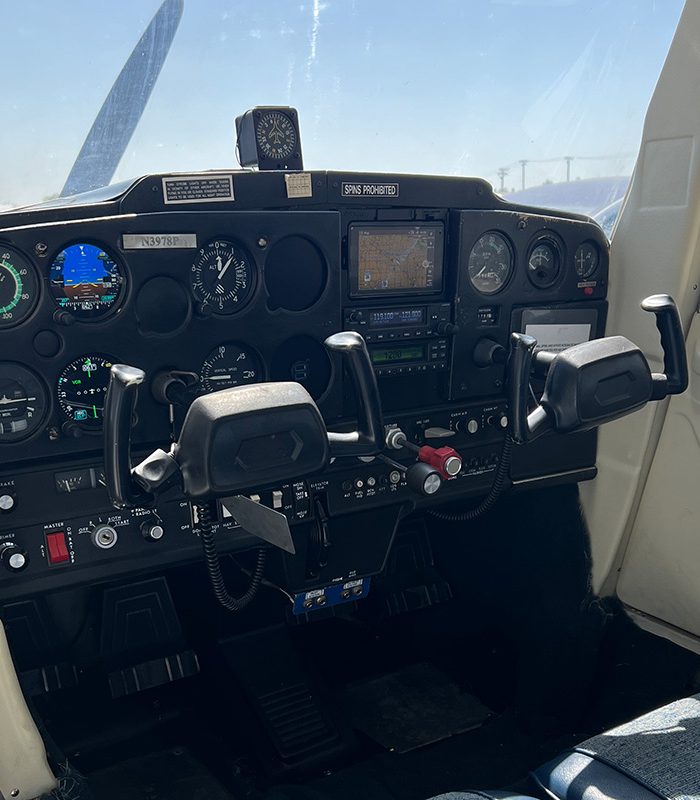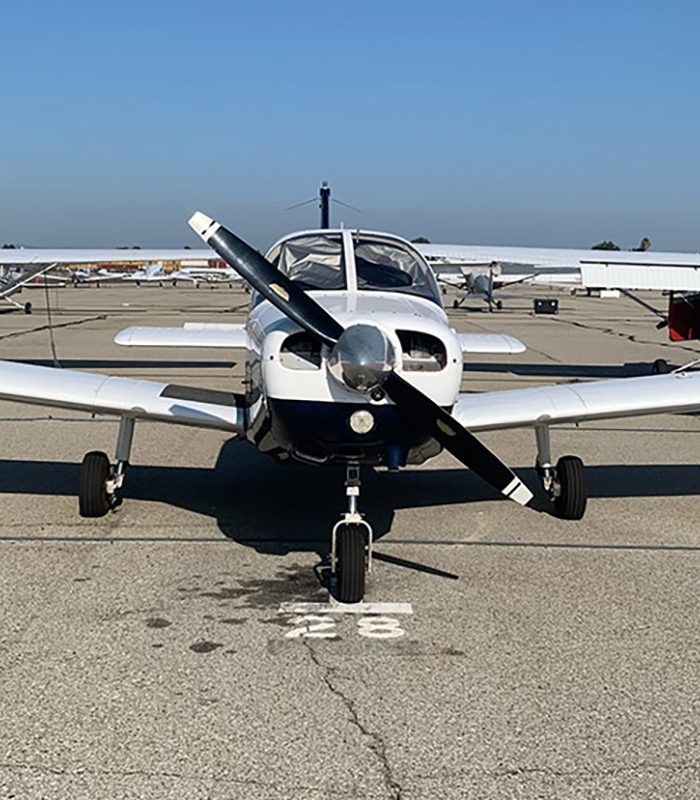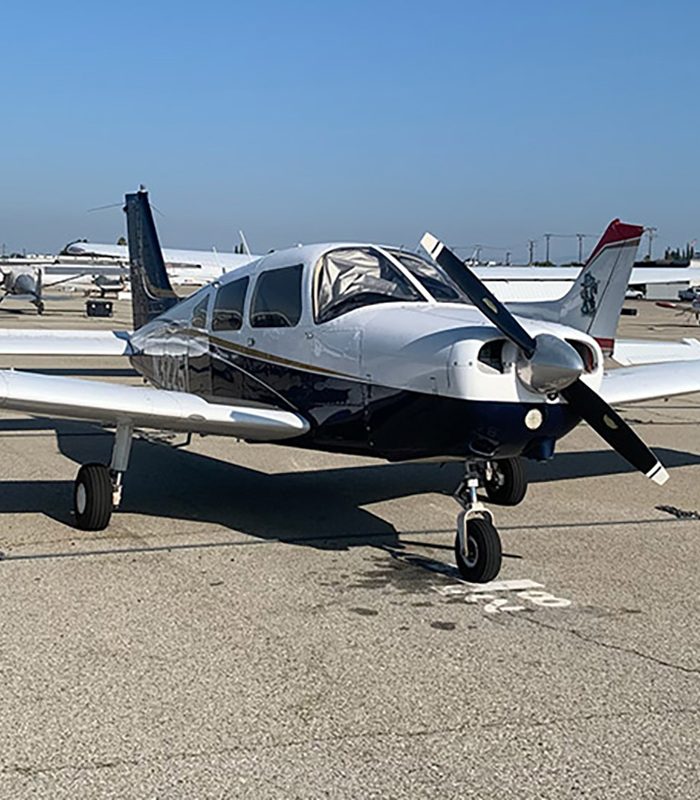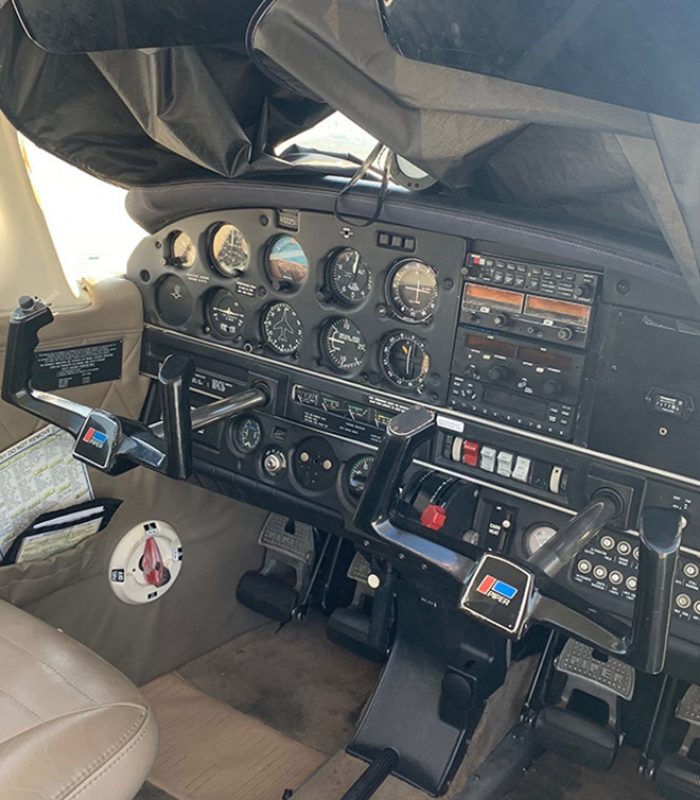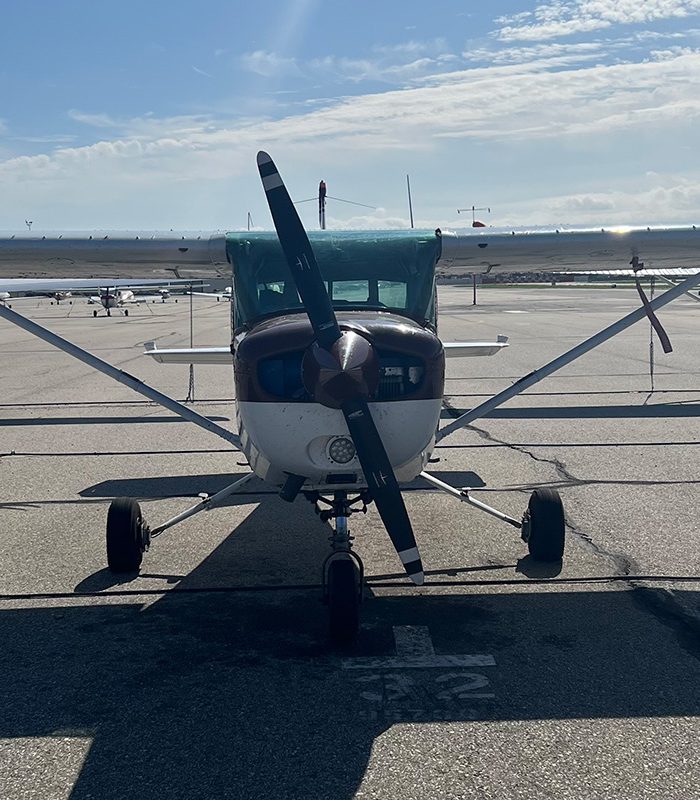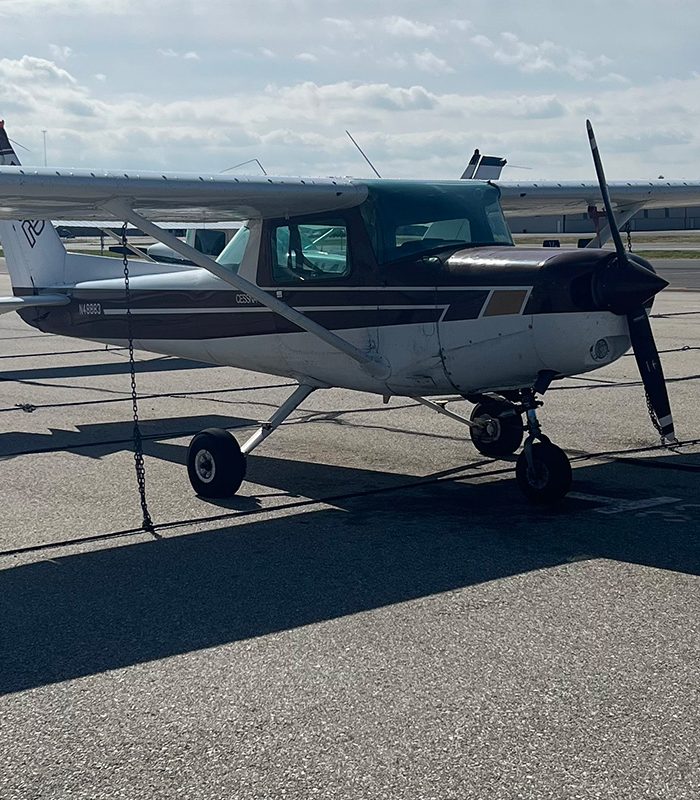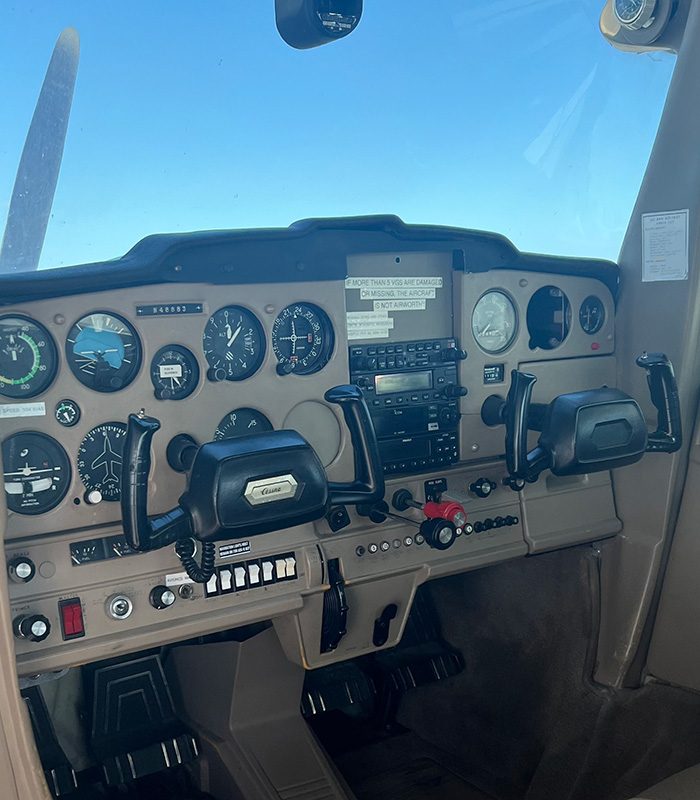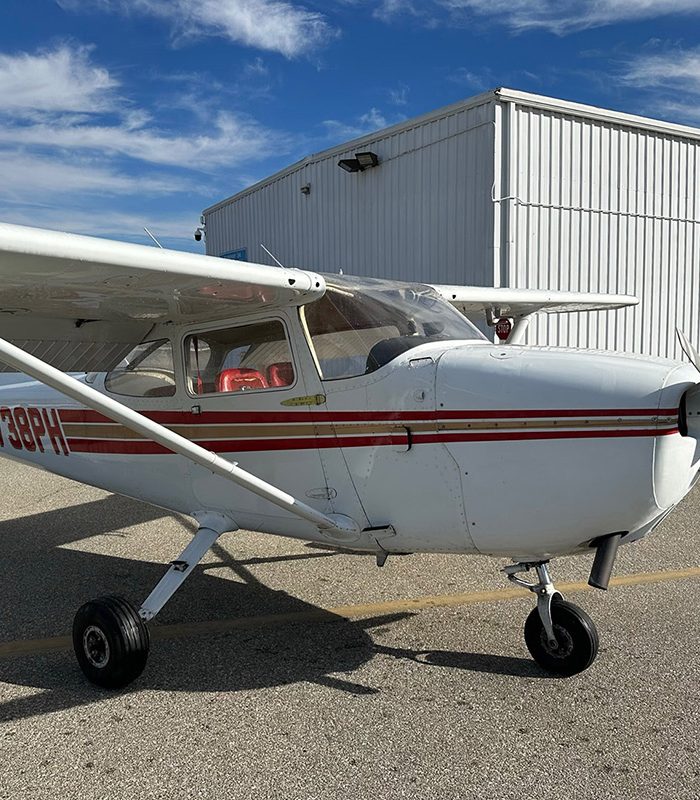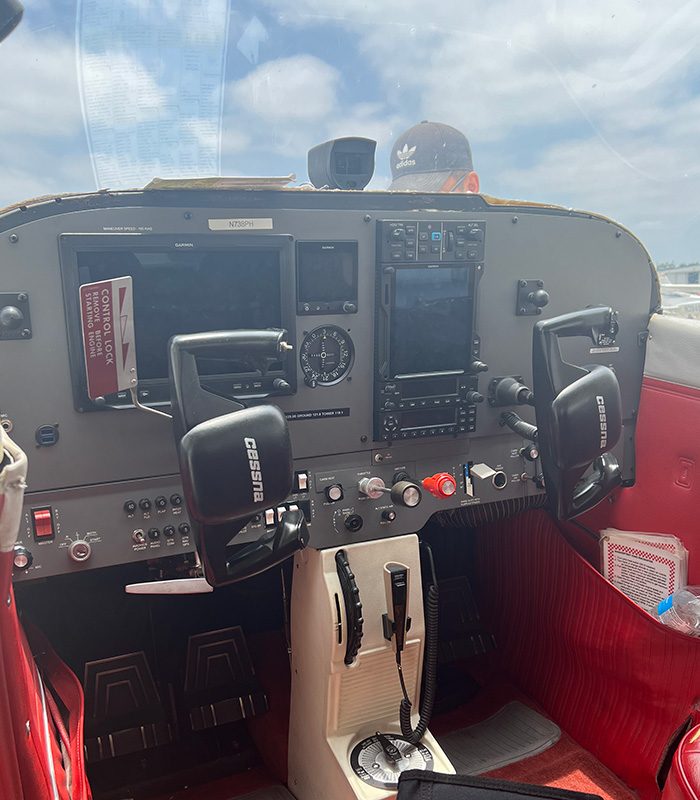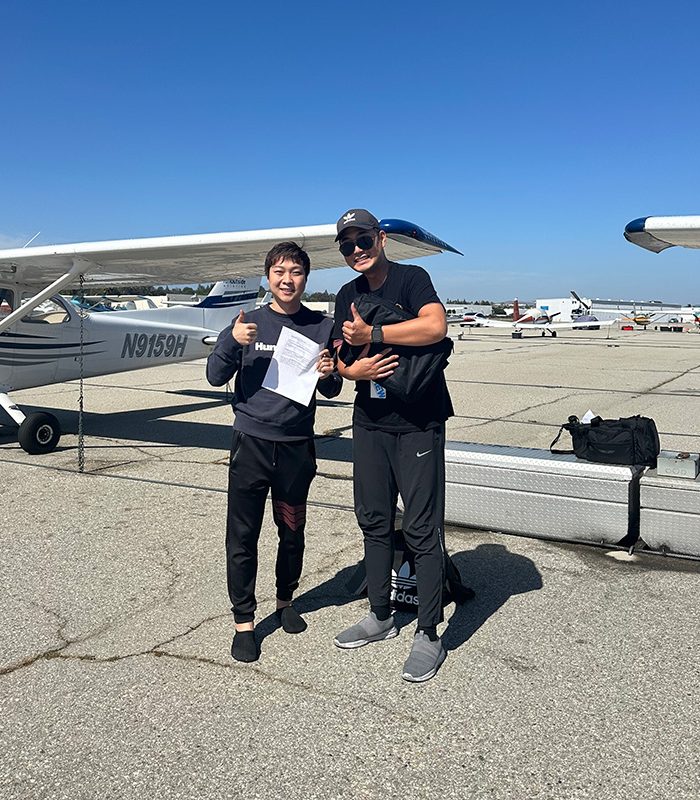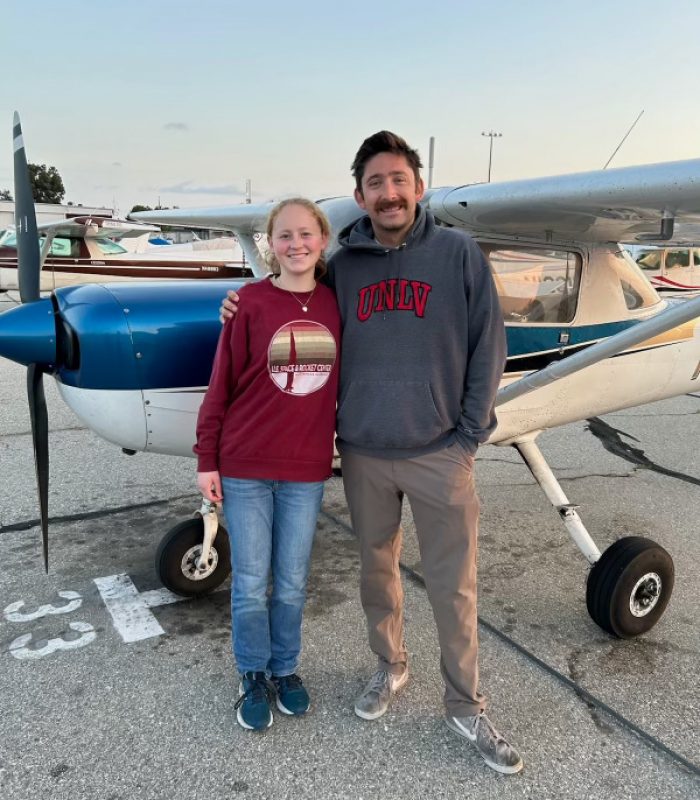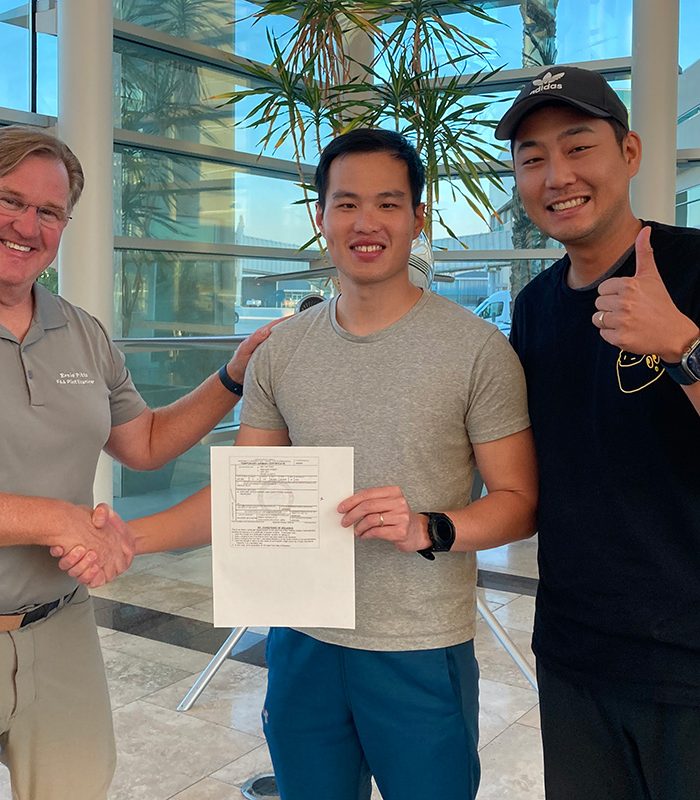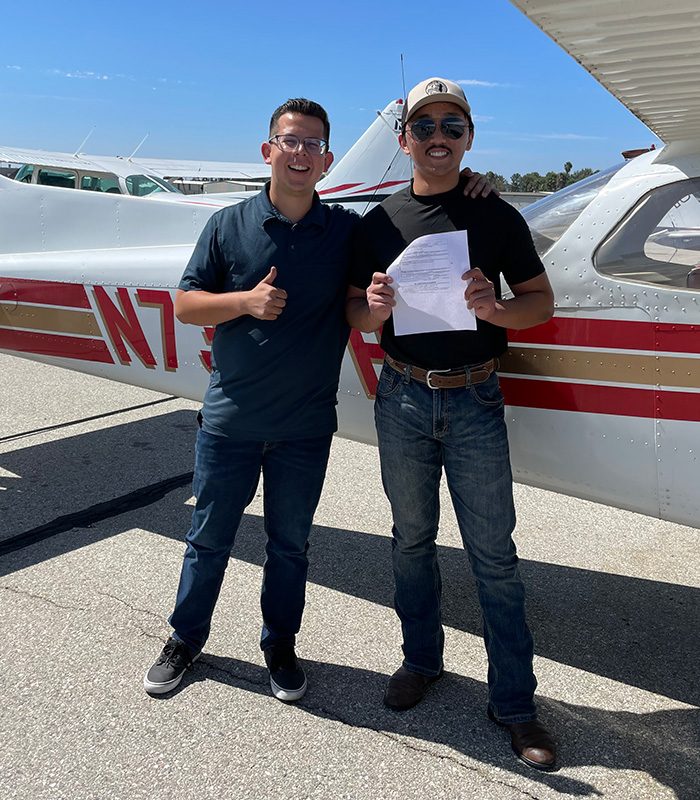
Join Fly KFUL Flight School
Your dream of become a pilot is closer than you think. Our flight school offers Private Pilot Certificate, Instrument, Commercial and Certified Flight Instructor Ratings.
Our Fleet of Aircrafts
Our fleet of aircraft includes Cessna 152s, Cessna 172s and Piper Warrior.
Safety at it's Best
Safety is our top priority. Top-notch mechanics maintain all of our aircraft.
Easy Rental Program
Once you become a pilot we offer easy access to our fleet for rental. Our rental program assures you stay current and ready to go fly anytime.
